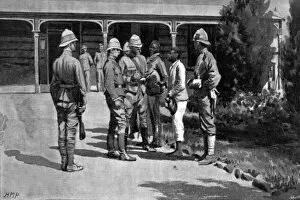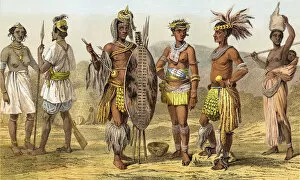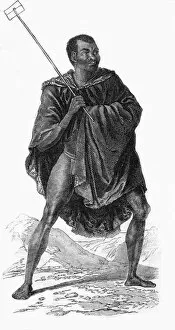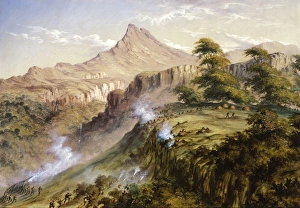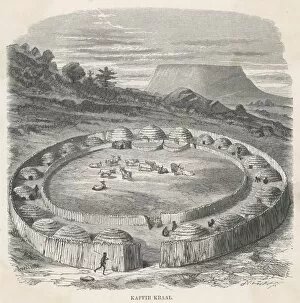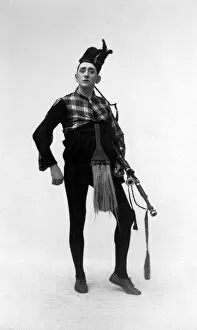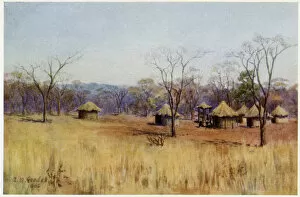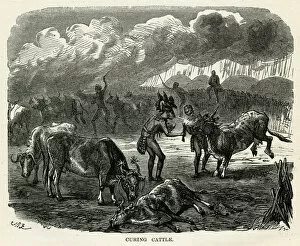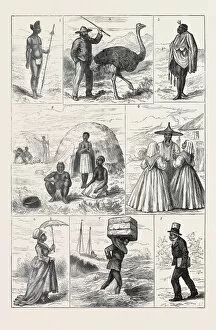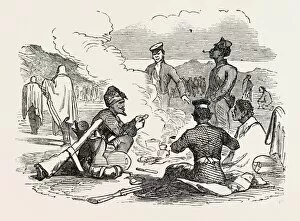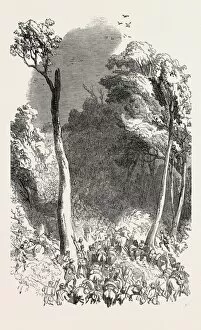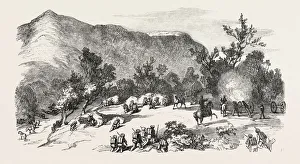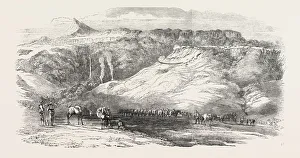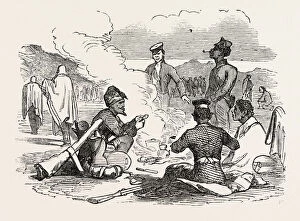Kaffir Collection (page 2)
"Exploring the Complexities of 'Kaffir': From History to Humanity" GAFR2A-00049, GAFR2A-00051
All Professionally Made to Order for Quick Shipping
"Exploring the Complexities of 'Kaffir': From History to Humanity" GAFR2A-00049, GAFR2A-00051, and GAFR2A-00050 are just a few references that shed light on the multifaceted nature of the term "kaffir. " While it has been used derogatorily in some contexts, it is important to delve deeper into its historical significance and contemporary impact. One notable figure associated with this term is George H. Chirgwin, known as the White-Eyed Kaffir. His story serves as a reminder of how labels can shape perceptions and challenge societal norms. The mention of "KAFFIR CREMATION" brings attention to cultural practices surrounding death rituals. It prompts us to reflect on diverse funeral customs across different communities. Similarly, GEORGE H CHIRGWIN/HALLS highlights an individual's identity being intertwined with their heritage or chosen stage name. This raises questions about self-expression and cultural representation. Contrasting sharply with these themes is the disturbing reference to "KAFFIR BURIAL (ALIVE). " This dark chapter reminds us of past injustices inflicted upon marginalized groups during times like the Boer War. It serves as a stark reminder that history must be acknowledged and learned from so that such atrocities are never repeated. Moving towards present-day realities, we encounter a young South African boy suffering from Vitiligo—a condition where patches of skin lose pigmentation. His inclusion emphasizes diversity within communities while highlighting challenges faced by individuals who may be stigmatized due to physical differences. The mention of "Boer War / Kaffir Spies" unveils another layer in South Africa's complex history—highlighting espionage activities during conflicts and exposing tensions between different factions within society. Further exploring warfare dynamics, "Kaffir Wars, South Africa: Attacking a Native Position" sheds light on the struggles faced by indigenous communities during colonial times.

